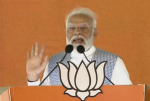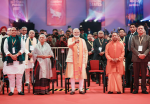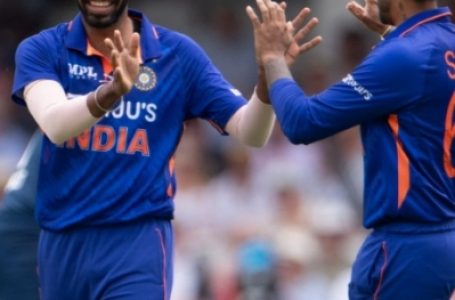
Source: Max Pixel
Amid concerns about India’s poor ranking in the Human Development Index (HDI), a new global study has pointed out that the country’s pace of poverty reduction declined in the last decade.
India’s performance has consistently been poor in the HDI with the country this year slipping two places further from 130 to 132 out of 191 countries. Experts have increasingly been highlighting the concern over growing inequality and stress among people.
Also Read: India drops one spot to 132 in Human Development Index for 2021
However, the new poverty line has been adopted from September 15, 2022 with the World Bank updating its data on this basis in the Poverty and Inequality Platform.
The new poverty estimate for India, done by Sutirtha Sinha Roy and Roy van der Weide of the World Bank’s Policy Research Working Paper, shows that “poverty in India had declined over the last decade but not as much as previously thought”, according to a Down To Earth report.
As per the new poverty line, which is $2.15 per day, nearly 10 per cent of Indians were poor in 2019, down from 22.5 per cent in 2011. The estimates put that in the period 2004-2011, the poverty reduction rate was 2.5 percentage points annually. After this, the reduction rate dropped to 1.3 percentage points annually in the period 2011-2018.
The study pointed out that the fastest poverty reduction occurred in the years 2017 and 2018. After this, the rate of poverty reduction stalled considerably.
The report further highlighted that India had more poor than the urban: 11.9 per cent in rural areas and 6.4 per cent in urban areas. In rural India, poverty has reduced more during 2011-2019 than the urban areas — poverty dropped by 14.7 per cent in rural and 7.9 per cent in urban areas.
“Extreme poverty is 12.3 percentage points lower in 2019 than in 2011, with greater poverty reductions in rural areas,” said the estimation published on the Bank website, reported the DTE website. But it finds the level of poverty was “considerably higher” than earlier projected by other agencies, based on consumption figures in India’s national accounts. However, it says, “Consumption inequality in India has moderated since 2011.”
It is to be noted that India has not declared poverty figures since 2011, measured on the basis of consumption expenditure surveys by the National Sample Survey Organisation (NSSO). Further, the current dispensation stopped the publication of NSSO’s consumption expenditure survey for 2017-18.
Without an official estimate of poverty in a country hosting the largest number of poor in the world, agencies were not able to make an exact estimate of global poverty, whose eradication is the Sustainable Development Goal 1 to be achieved by 2030, wrote the DTE.
The DTE reported that the World Bank in its latest addition has used consumption surveys — called Consumer Pyramid Household Survey (CPHS) — of the private data company Centre for Monitoring of Indian Economy (CMIE).
The CMIE has been conducting these surveys every fourth month since January 2014 with a sample size of 174,000 households in 28 states.
The latest poverty figure based on these surveys is that of 2019, the year before the pandemic struck.
-INDIA NEWS STREAM



















